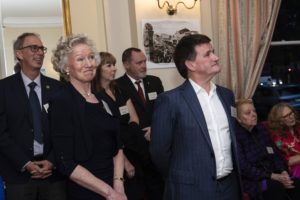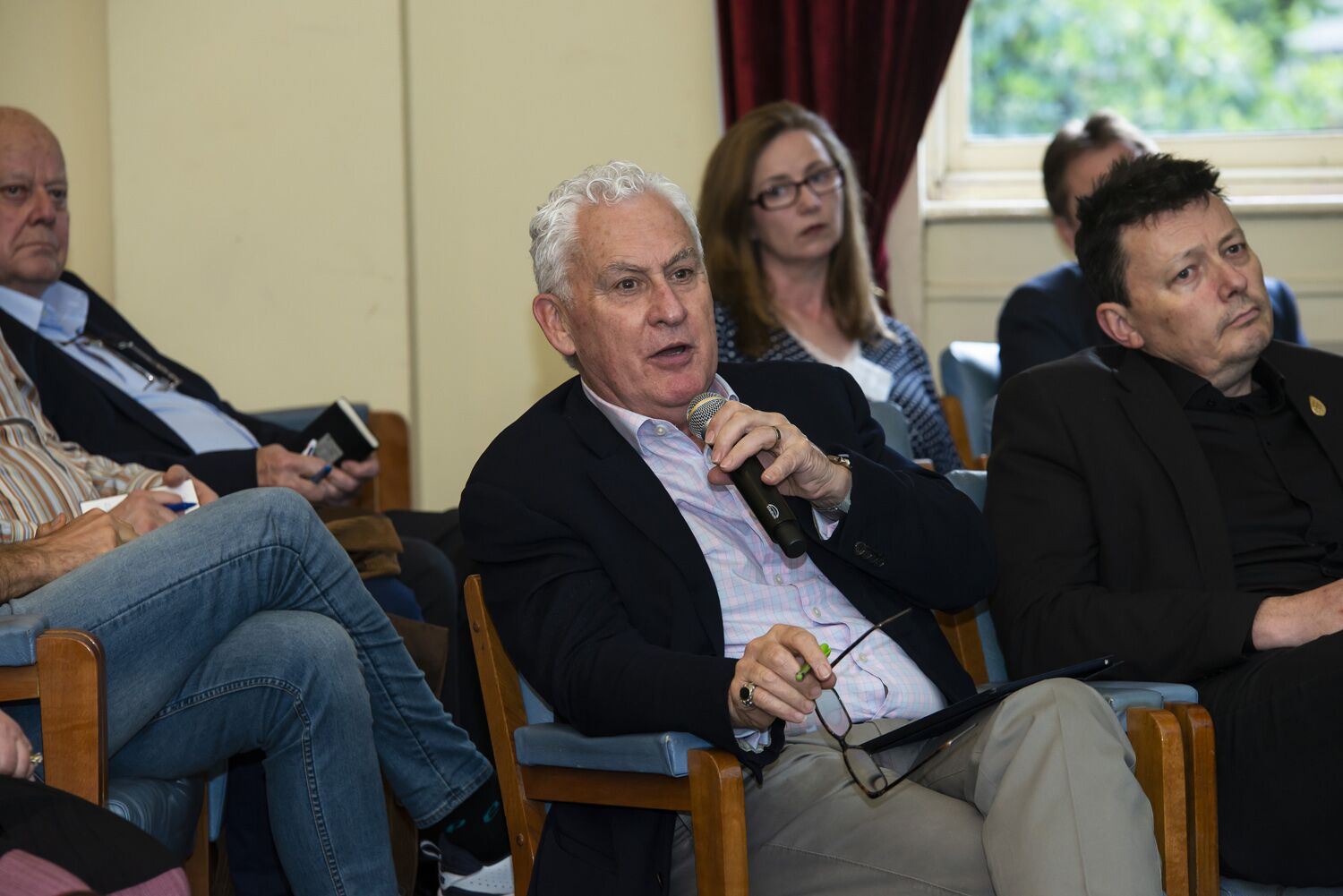Prescribed burns are said to mimic First Peoples’ cultural burning practices, but Dr Philip Zylstra argues the use of fire in healing and managing Country is far more complex. Australia is wet enough for things to grow, and dry enough for them to burn. Animals and plants have adapted. And over millennia, First Peoples developed cooperative fire regimes.
In a rapidly warming world, Victoria’s native forests, once threatened by overharvesting, are also threatened by fire and drought. Catriona Nguyen-Robertson revisits the work of Professor Patrick Baker, who recommends more targeted management practices to ensure our forests are resilient to global warming and extreme weather events.
Fire patterns are linked to climate conditions, and have been undergoing changes in tandem with anthropogenic climate change. We must understand these changes to more effectively forecast and manage fires for both human safety and the preservation of biodiversity. Kate Bongiovanni explores Dr Luke Kelly’s work on “pyrodiversity.”
One of the challenges of resolving the biodiversity crisis is making it a part of the Victorian community’s consciousness. In a world with so many competing problems, the silent destruction of our unique plants struggles for attention. Gordon Noble offers three simple “nudges” to drive investment in protecting and restoring Victoria’s flora.
The transformative power of science suggests it should play a fundamental role in developing public policy, ensuring science informs debates about issues such as sustainable energy production, ecosystem protection, and genetic modification of food. However, using scientific knowledge to inform policy debate is not straightforward.






